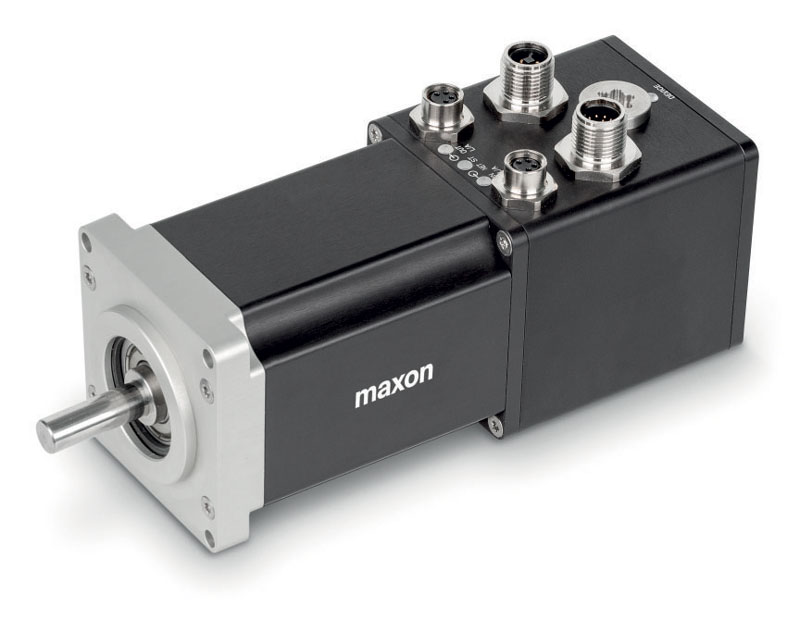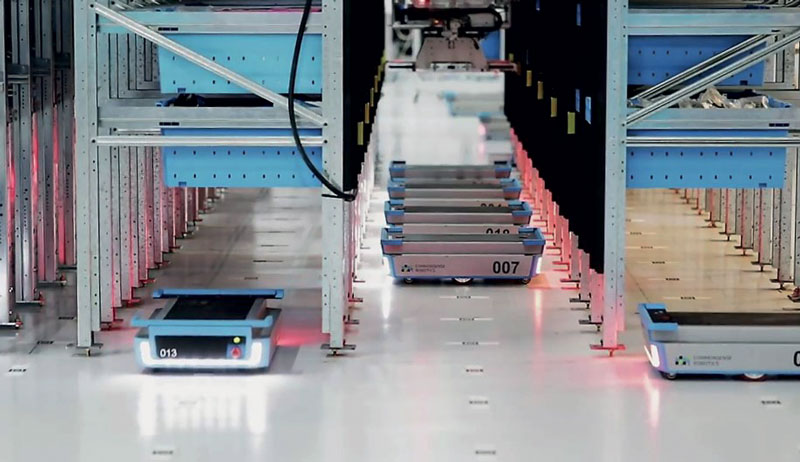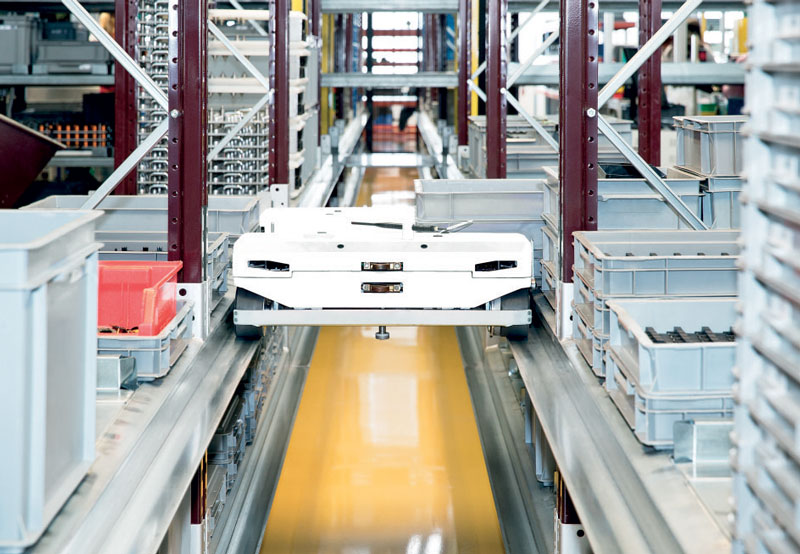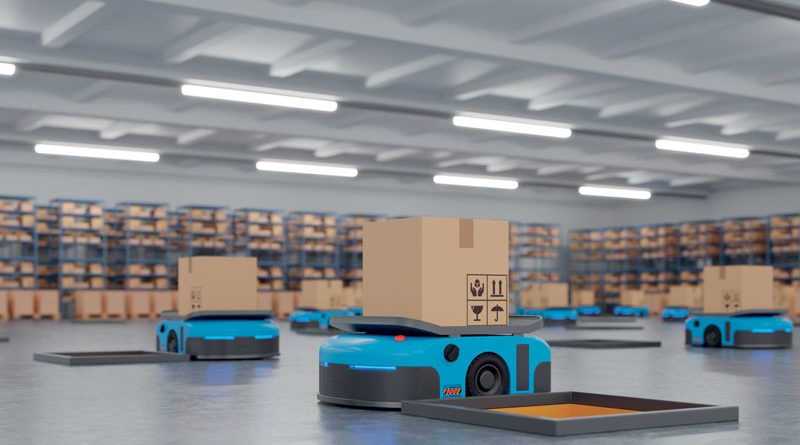Modular, compact motors for efficient AGVs
AGVs (Automated Guided Vehicles) are essential tools in the current commercial and industrial transformation. But they must meet several requirements: reliability and robustness, compact design and substantial power density. In order to offer AGV designers the highest freedom, the maxon Group has developed an entire range of compact and modular motors.
Back in the 1950s, car manufacturers used guided vehicles in their factories to distribute mechanical parts. Since then, different methods have been developed to move these motorized robots on demand. There are now around half a dozen technologies used in these vehicles today: self-guided; line-guided; opto-guided (by lines marked on the ground); geo-guided; laser guided or even guided by ultrasound. All of these are now grouped under the AGV umbrella. This market currently represents EUR 550 million, primarily within Europe, and could reach EUR 1.35 billion by 2023. Its rapid growth is due in particular to e-commerce companies, where the technology is developing exponentially. The priority is to continually optimize the internal logistics processes of these companies, in order to ensure increasingly fast deliveries. Amazon was one of the first to integrate AGV technology by creating its own smart vehicles. Manufacturers are also using this method in their automated warehouses, where AGVs address the issue of compact size in particular.
These intralogistic robots are also being used more and more in the area of goods-to-person logistics, where AGVs transport objects and heavy loads directly to human workers. This way of working is known as cobotics or collaboration between humans and robots. And AGVs provide an optimized response by taking over strenuous and repetitive tasks.

The perfect answer to logistics challenges in terms of both speed and safety
With the development of e-commerce, logistics services now need new solutions. AGVs address all the challenges that arise within a distribution chain.
First and foremost, they increase productivity, speed and quality by allowing the operators to process larger volumes of goods, all while offering reliability. This approach is more than 30% faster compared to humans working alone, and there are fewer errors. Companies are therefore able to consistently fulfill their orders more quickly, and at the same time offer greater safety for people and goods. AGVs enable better working conditions with their mechanical assistance, which helps to significantly reduce musculoskeletal disorders (MSDs) and accidents in the workplace. This is the overall purpose of cobotics (collaborative robotics): cobots alleviate physical discomfort in human workers without preventing them from performing their activities. They also enable space savings in warehouses due to better organization and optimization of space. This offers a huge real estate advantage at a time when every square meter saved represents a financial gain over several years. In terms of production, the return on investment can be seen over one or two years.

The technical constraints for designers and producers
Before being able to address the needs of their customers, in logistics especially, manufacturers have to tackle the technical constraints. AGVs must offer long-term reliability and robustness so they can function without any need for maintenance for at least two years in order to optimize the profitability of warehouses: any downtimes result in a chain reaction that can lead to huge financial losses. AGVs must also be compact in order to save space in warehouses and lower their operating costs. Smaller yet still capable of transporting heavy loads, AGVs must offer substantial power density. The challenge of miniaturization for space savings and drive systems for efficiency and robustness is therefore fundamental.
Compact, space-saving motors for AGV applications
maxon develops compact motors offering high torque and speed density, such as EC Flat and ECi. These compact motors also consume less energy than other products on the market. This is a powerful issue for manufacturers that need to reduce their costs and address the challenges imposed by energy transition. To address maintenance challenges, the motors with integrated electronics installed in the AGVs must be network-connected. The communication buses of motors from the IDX range are able to communicate simultaneously with the EtherCAT and CANopen systems and on IoT networks. Therefore, these robots can be programmed by computer and operated remotely, meaning that a single intervention is required to control the entire fleet of AGVs.

Customized mechatronic developments and technical support
Compact size, multi-axis systems, power density, specific protection ratings… Depending on the application, there are multiple requirements and finding adapted mechatronic solutions is not always easy. From defining the specifications to designing the products, maxon’s specialist mechatronics team supports its customers in the development of customized projects. The company’s technicians remain available following implementation to deliver ongoing technical support. In order to offer AGV designers the highest freedom, the maxon Group has developed an entire range of compact and modular motors. These IDX drive solutions meet the most demanding requirements: offering 20% higher performance compared with the current solutions on the market.

